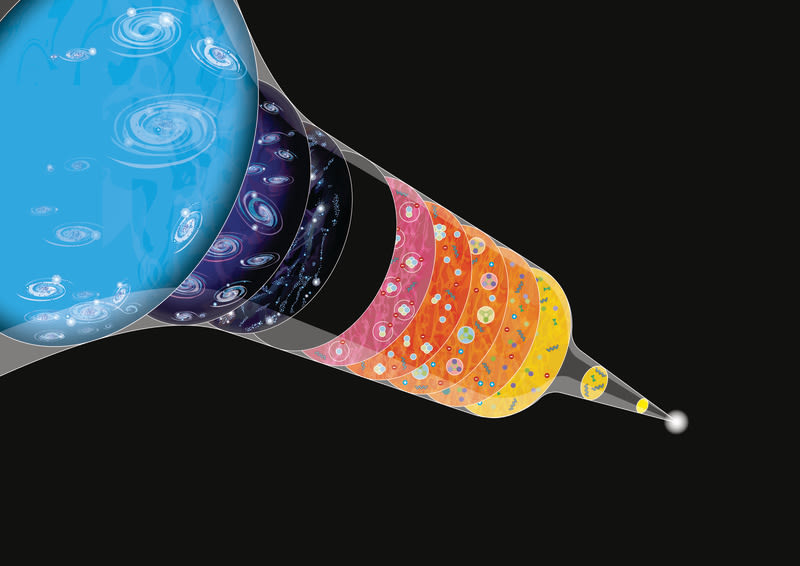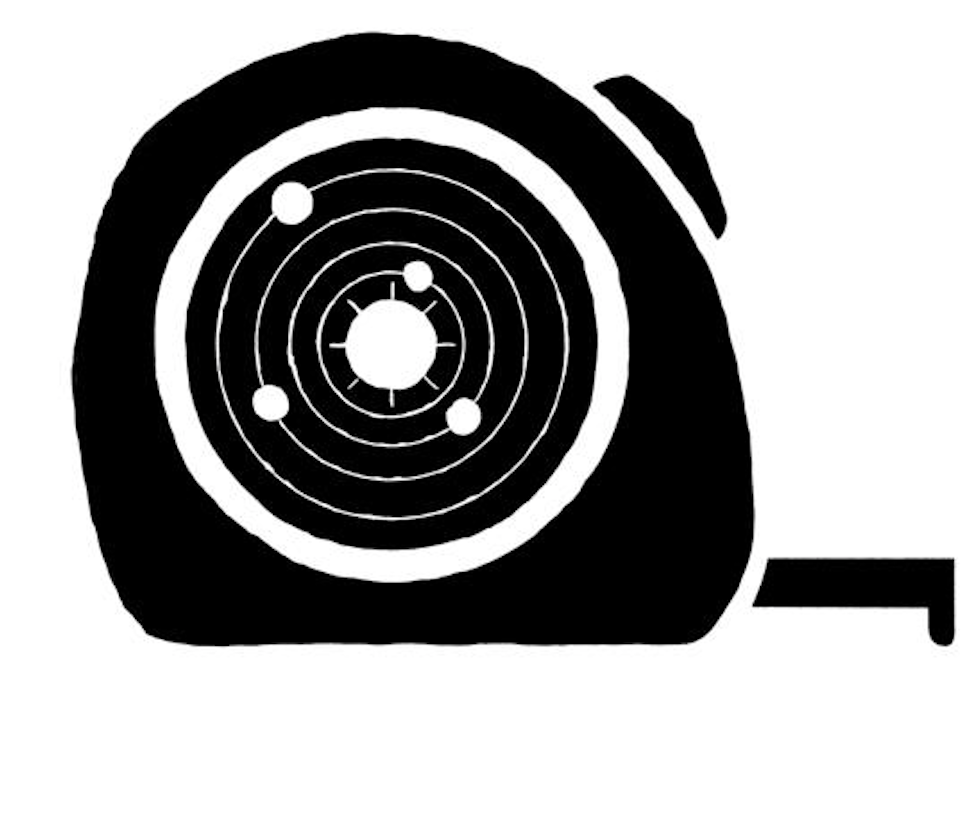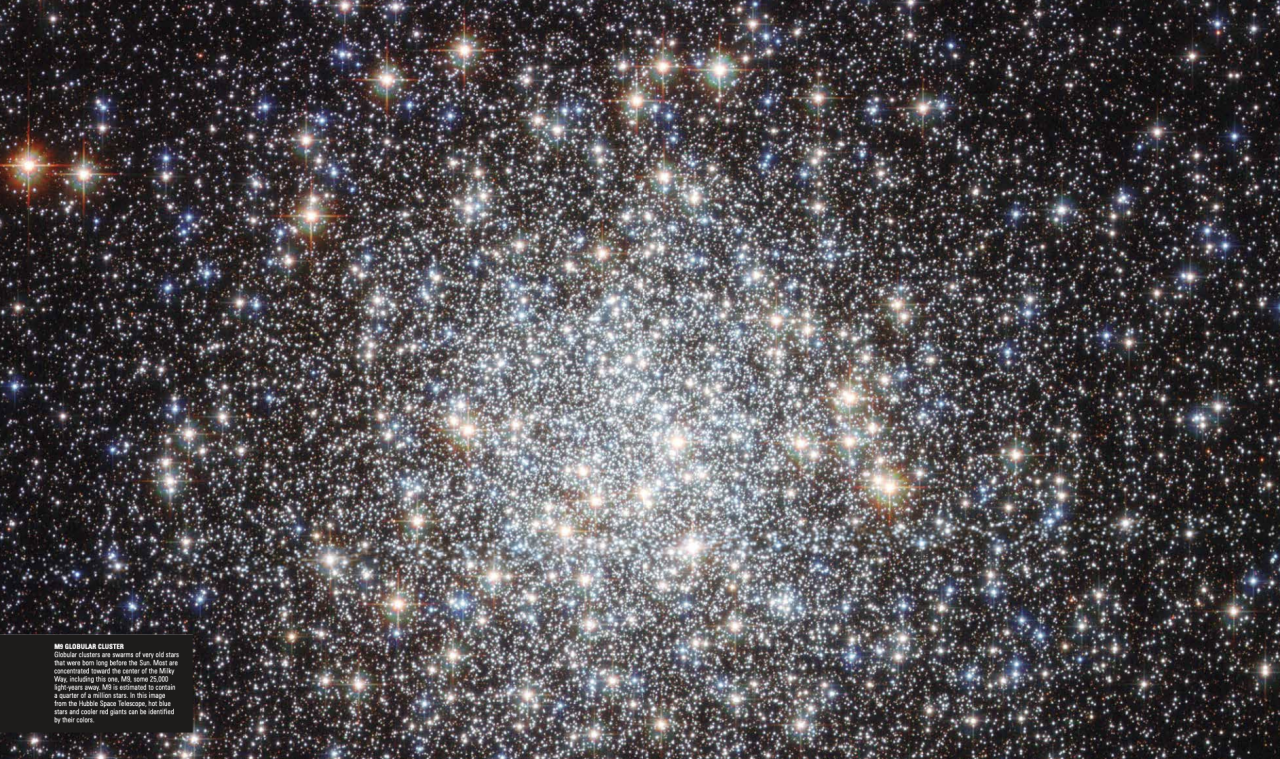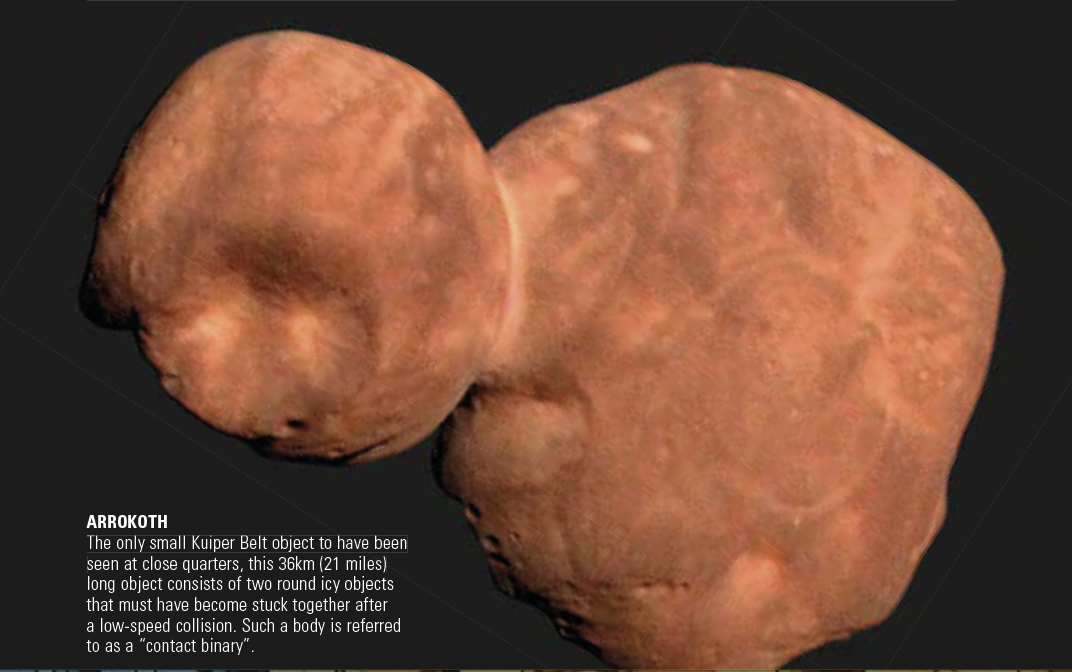10 Conversation Starters from Smithsonian Universe
The 3rd edition of Smithsonian Universe invites readers to marvel at the wonders of the universe—from stars to planets to black holes and nebulae. The stunning images and informative, up-to-the-minute information contained in the 500+ pages of the book make it an impressive read for anyone interested in space. For those who would like an easy access point to some of the material found in the book, we’ve put together some interesting conversation starters based on some of the interesting facts found in the book.
Dark round stones nicknamed “blueberries” were found by the robotic rover Opportunity near the Endurance Crater on Mars. Although they are actually dark grey in colour and are rich in the mineral hematite (also found on Earth), they appear much bluer than their surroundings. Another type of round pebble-like stone found nearby that is lighter and rougher textured has been nicknamed “popcorn”!

It’s generally understood that the universe has been expanding since the time of the Big Bang. Until recently, the expansion rate has been assumed to be slowing because of gravity. But cosmologists speculate that if the universe’s density of mass and energy were actually to rise above a critical value, gravity would eventually cause the universe to stop expanding. It would then collapse in an all-consuming fiery explosion—“the Big Crunch”.

3. What’s bigger, a galaxy or the universe?
Both of these terms clearly involve space—lots of space. But a galaxy is actually just a large aggregation of stars—there are over 2 trillion galaxies currently thought to exist—whereas the universe is all of space and time—and everything it contains. There’s only one Universe—and we are all in it together!

The second planet from the Sun has a thick deck of clouds with three distinct layers protecting the planet. The clouds speed around Venus once every four Earth days and they reflect the majority of sunlight reaching Venus back into space. On this overcast world, the temperature at the equator and at the poles only differs by a few degrees—day or night—meaning the weather is virtually the same every day!

Beyond the orbits of the planets of our solar system is an enormous halo of small icy bodies called the Oort Cloud. It is believed that this unique cloud-like area is the source of many of the comets that visit our solar system—kind of a parking lot for comets!
Because the Moon always keeps the same side facing towards Earth, we had never seen the other side, the “dark side”—which we now call the far side—until the late 1950s, when orbiting Soviet spacecraft sent back the first pictures. To this day, many features of the far side are named after Soviet cities, scientists, and space pioneers.

Launched in 1990, the Hubble Space Telescope orbits over 300 miles above the Earth taking incredible images of the far reaches of space. It was only meant to function for 10 years, but thanks to repeated servicing missions by astronauts it is still in operation. Some of the galaxies visible in images taken by the Hubble Telescope are seen as they were over 13 billion years ago. It has taken the light that long to travel to within photographic range.

Beginning around the orbit of Neptune and extending out almost 10 billion miles is the Kuiper Belt, a large area of small worlds mostly made out of ice. The only small Kuiper Belt object to have been seen at close range is named Arrokoth. It’s a pair of two round icy objects about 21 miles long that stuck together in a unique fashion and now resemble a floating snowman!
It’s actually spelled Betelgeuse, and it is real—and it’s very, very big. It’s actually a dying star (rather than a planet), in the final stages of its life and it has bloated itself to more than 1.2 billion km across. It’s so big, you could fit about 200 trillion planet Earths inside it—and because it’s so big, Betelgeuse is actually the 10th brightest star in our sky. It forms the right shoulder of the constellation of Orion the hunter!
Meteorites are typically pieces of asteroids that have fallen to Earth, but a few have actually come to Earth from the Moon and Mars. Nearly 20 meteorites have been blasted from the surface of Mars to Earth—including Nakhla, which landed in Alexandria, Egypt, and weighed 40 kg and ALH 81005, a lunar meteorite found in Antarctica.
Read next...

ARTICLE
Educational Adventure Audiobooks for Children

